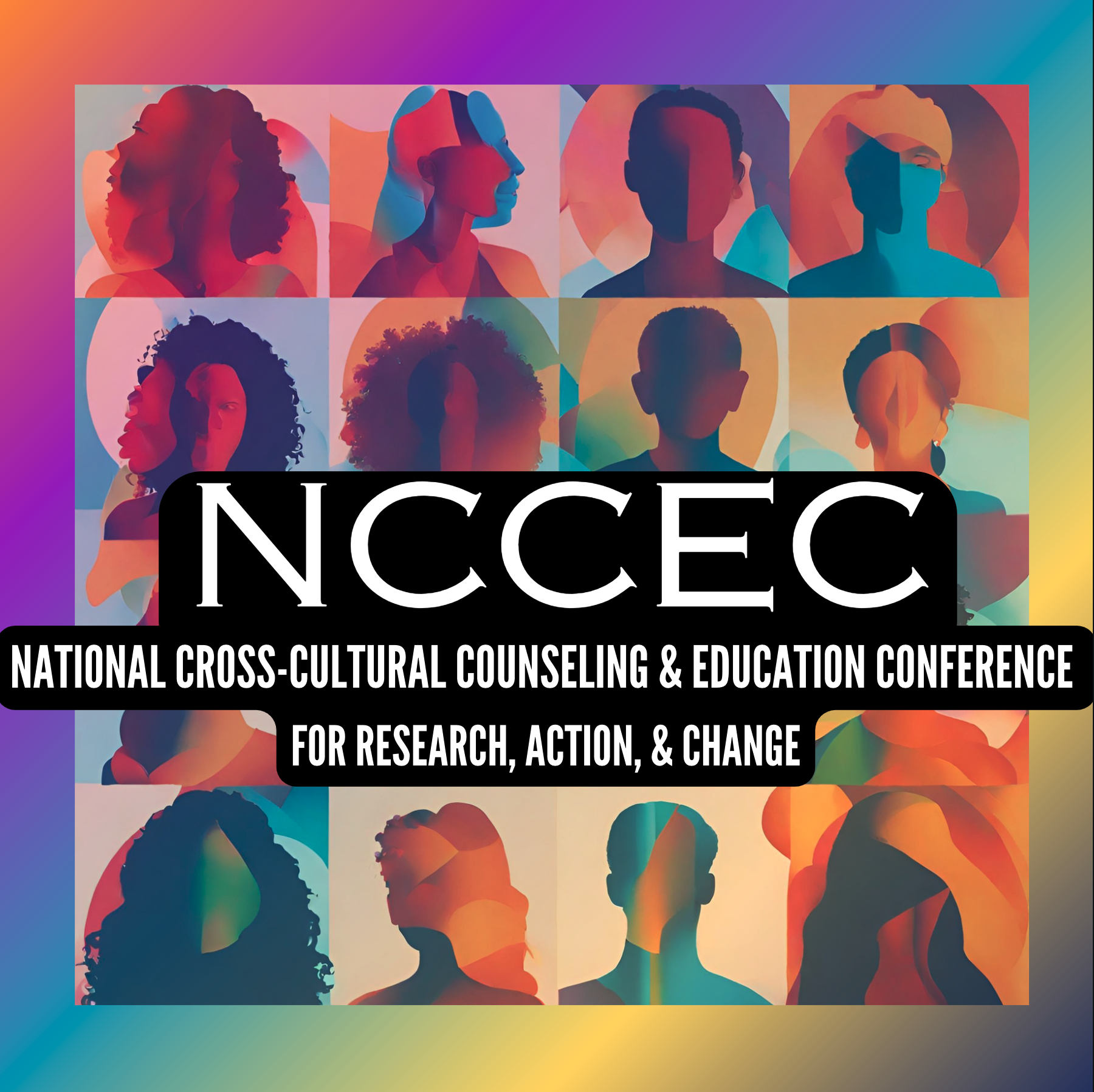23 and 1: Establishing Trust & Cultivating A Lasting Impact with Black Male Clients
Conference Strand
Practice, Strategies, Techniques, and Interventions
Abstract
“Twenty-three and one” is a concept that originates from prison culture. In the presentation, speakers will discuss the adaptation of the original concept and how to positively reframe it to counseling. This presentation includes strategies and interventions counselors can use with younger Black males clients in an effort to leave a lasting impact on a commonly overlooked client population.
Evidence
References:
Barnes, E. J. (1972). The Black community as the source of positive self-concept for Black children. In R. L. Jones, (Ed.), Black psychology (pp. 106-138). New York, NY: Harper & Row.
Belgrave, F. Z., Cherry, V. R., Cunningham, D., Walwyn, S., Letlaka-Rennert, K., & Philips, F. (1994). The influence of Africentric values, self-esteem, and Black identity on drug attitude among African American 5th graders. Journal of Black Psychology, 20, 143-156.
Harley, D. & Dillard, J. (2005). Contemporary mental health issues among African Americans. Alexandria, VA: American Counseling Association.
Henfield, M. S., Washington, A. R., & Byrd, J. A. (2014). Addressing academic and opportunity gaps impacting gifted black males implications for school counselors. Gifted Child Today, 37(3), 147 – 154.
Ratts, M. J., Singh, A. A., Nassar‐McMillan, S., Butler, S. K., & McCullough, J. R. (2016). Multicultural and social justice counseling competencies: Guidelines for the counseling profession. Journal of Multicultural Counseling and Development, 44(1), 28-48. http://dx.doi.org/10.1002/jmcd.12035
Scott, L. D., & Davis, L. E. (2005). Young, black, and male in foster care: Relationship of negative social contextual experiences to factors relevant to mental health service delivery. Journal of Adolescence, 29, 721–736. https://doi.org/10.1016/j.adolescence.2005.11.002
Vandiver, B. J., Fhagen-Smith, P. E., Cokley, K. O., Cross, W. E., & Worrell, F. C. (2001). Cross’s nigrescence model: From T=theory to scale to theory. Journal of Multicultural Counseling and Development, (3), 174-200.
Format
Individual Presentations
Biographical Sketch
John Holt, B.S., is a native from Cairo, GA. He received his B.S. in Psychology from Georgia Southern University in 2016. Additionally, he receive will his Master’s in Counselor Education from Georgia Southern University in May 2019. Upon graduation, John would like to continue his work with younger age kids as well as adolescents.
Nehemiah McClendon, B.S., is a second year Counselor Education student in the Master’s program at Georgia Southern University, where he also obtained his bachelor’s degree in Psychology. Nehemiah has clinical experience working in a rural school district with high school students, as well as in a university counseling center with college students. His preferred counseling theories are Existential and Person-Centered. Nehemiah enjoys mentoring high school and college-aged men in his spare time.
Kristen Dickens Ph.D., NCC, ACS is an Assistant Professor in the Counselor Education Program at Georgia Southern University. She has experience working in outpatient facilities, inpatient treatment centers for eating disorders, and in-home counseling services.
Location
PARB 255
Start Date
2-8-2019 10:45 AM
End Date
2-8-2019 12:00 PM
Recommended Citation
Dickens, Kristen N.; Holt, John; and McClendon, Nehemiah, "23 and 1: Establishing Trust & Cultivating A Lasting Impact with Black Male Clients" (2019). National Cross-Cultural Counseling and Education Conference for Research, Action, and Change. 21.
https://digitalcommons.georgiasouthern.edu/ccec/2019/2019/21
23 and 1: Establishing Trust & Cultivating A Lasting Impact with Black Male Clients
PARB 255
“Twenty-three and one” is a concept that originates from prison culture. In the presentation, speakers will discuss the adaptation of the original concept and how to positively reframe it to counseling. This presentation includes strategies and interventions counselors can use with younger Black males clients in an effort to leave a lasting impact on a commonly overlooked client population.

Description
Young Black males (ages 5-18) living in lower socioeconomic status communities face unique challenges in regard to certain developmental milestones, access to counseling resources, learning barriers in schools, and knowing who to trust (Henfield, Washington, & Byrd, 2014; Scott & Davis, 2005). Twenty-three and one is a concept that originates from prison culture referring to the use solitary confinement for an inmate to spend 23 hours alone in a cell, but having at least one free hour during the day. Specifically, when stripped of its original negative connotation and applied to the profession of counseling, the concept of “23 and 1” acknowledges the time a counselor has to leave an impact on a client during the 24-hour day. The counselor may only have access to clients for one hour, and the remaining time the client is immersed in their regular daily routine. This presentation will highlight the experiences of Black male counselors working with young Black males in schools, while also addressing developmental milestones of these clients that can be overlooked. Presenters will also share effective strategies and tools used when counseling young Black male clients in K-12 school settings, and discuss how other community stakeholders can get involved with supporting this client population. The overarching goal of this presentation is to increase knowledge and skills around working with young Black males in a school or community setting. Participants will: (1) Gain knowledge of the (2015) Multicultural and Social Justice Competencies; (2) Identify potential barriers and/or opportunities to building rapport with young Black male clients; and (3) Learn new strategies and techniques to use when counseling young Black males.